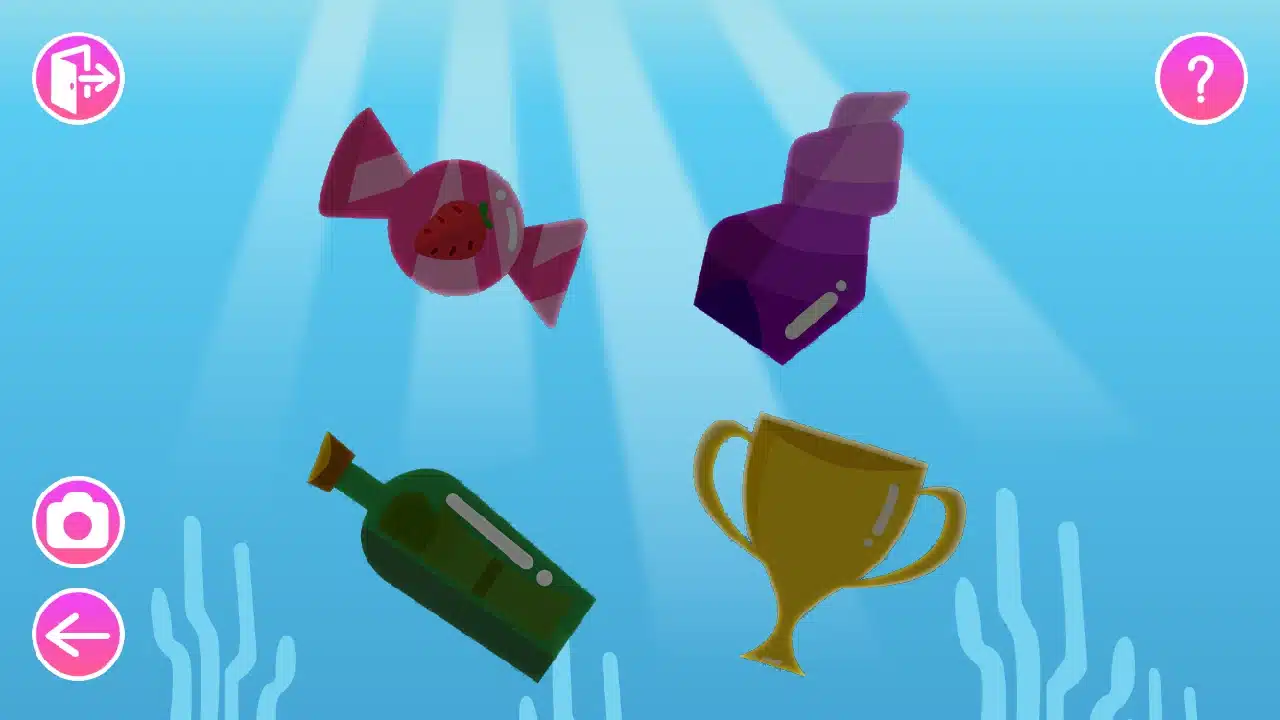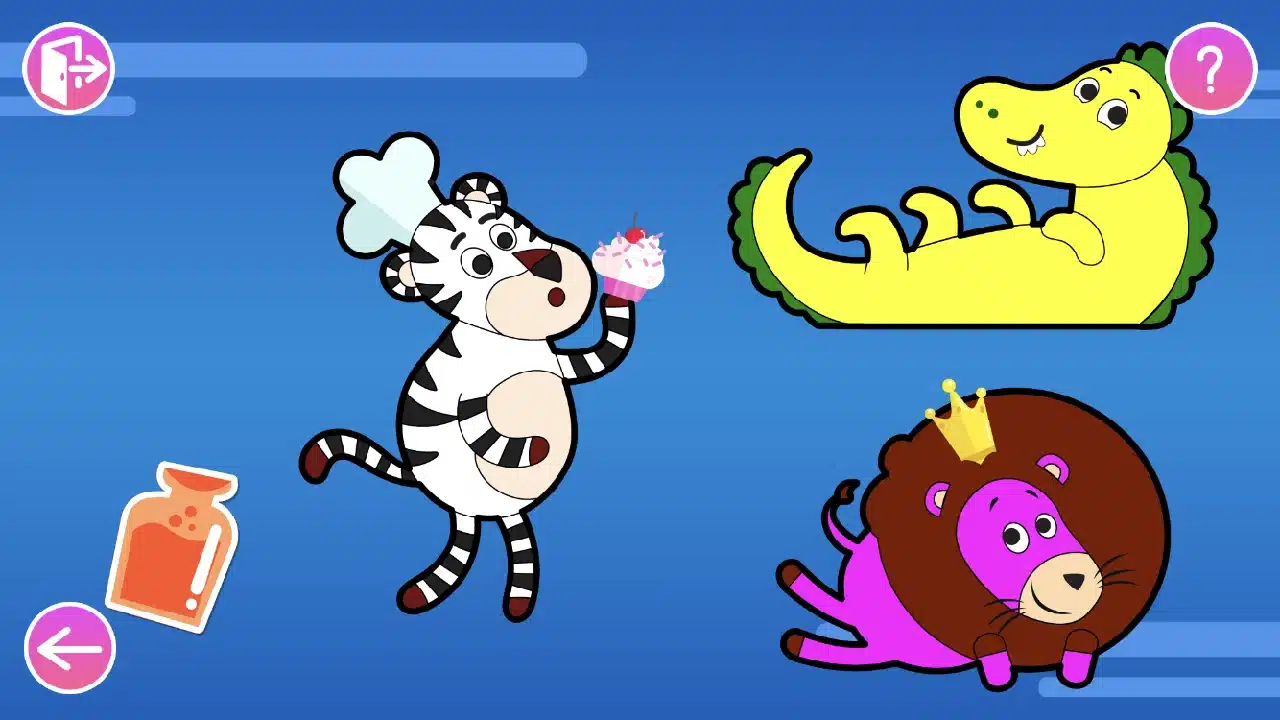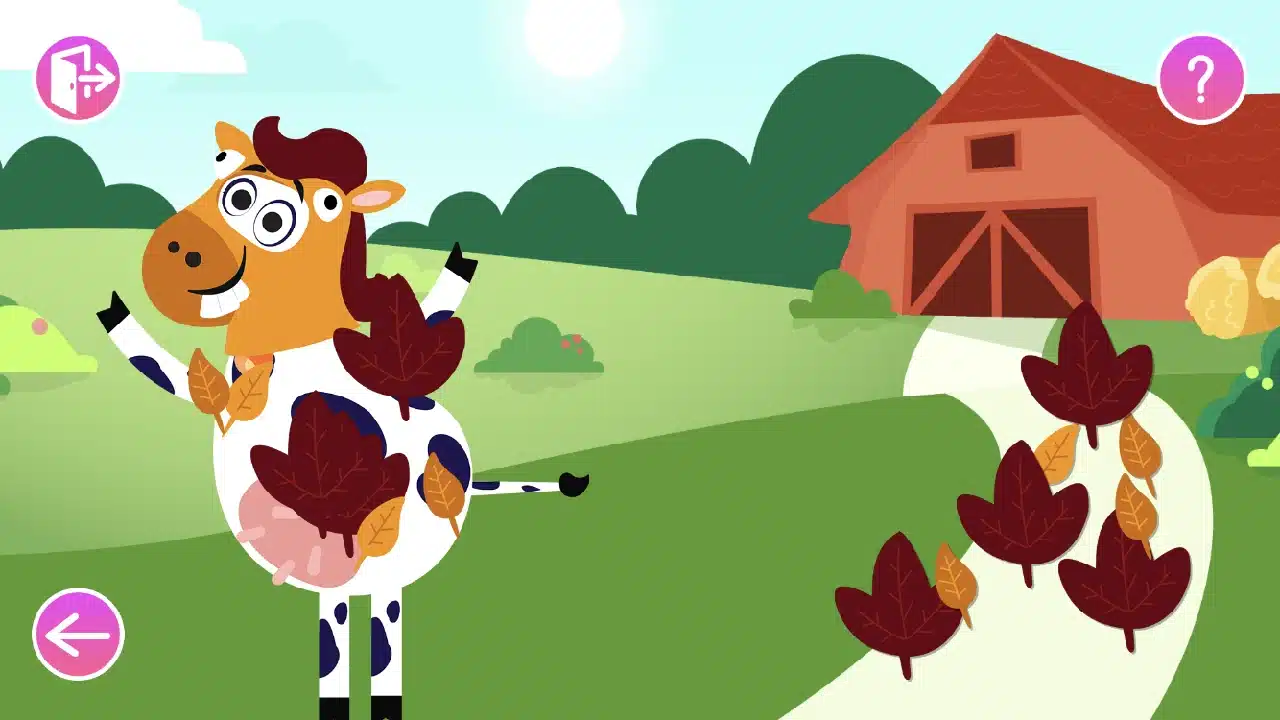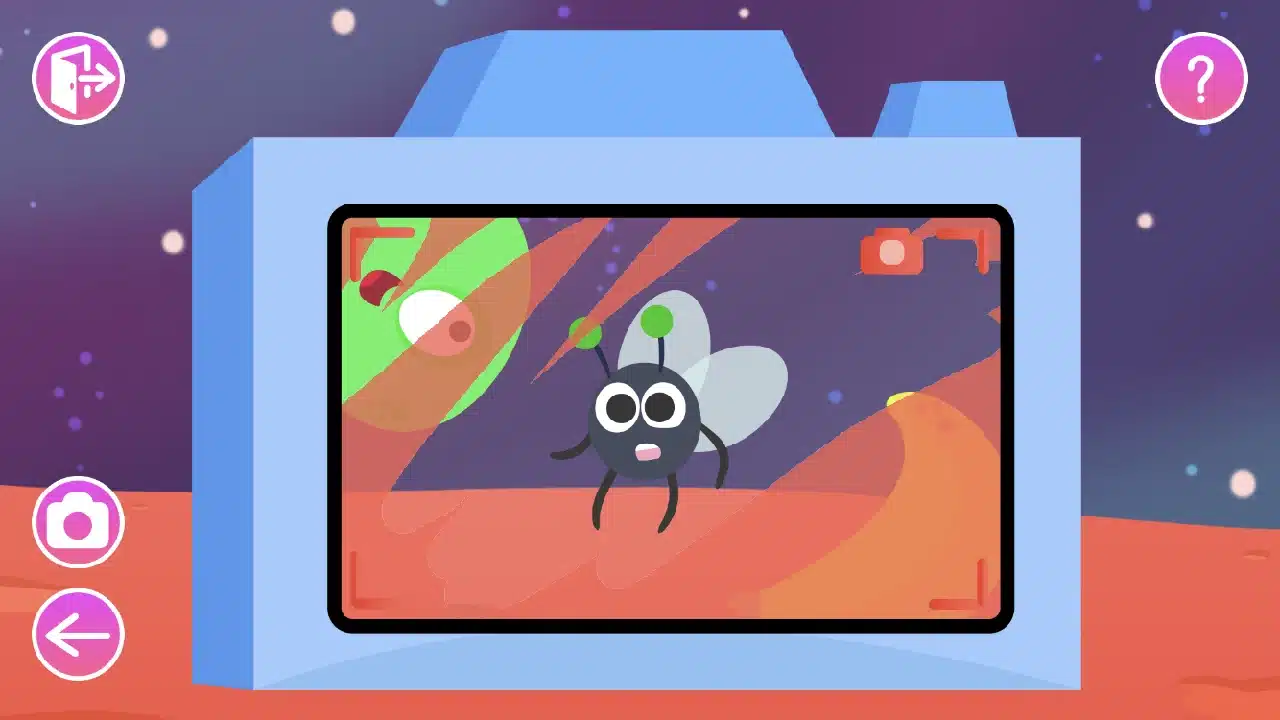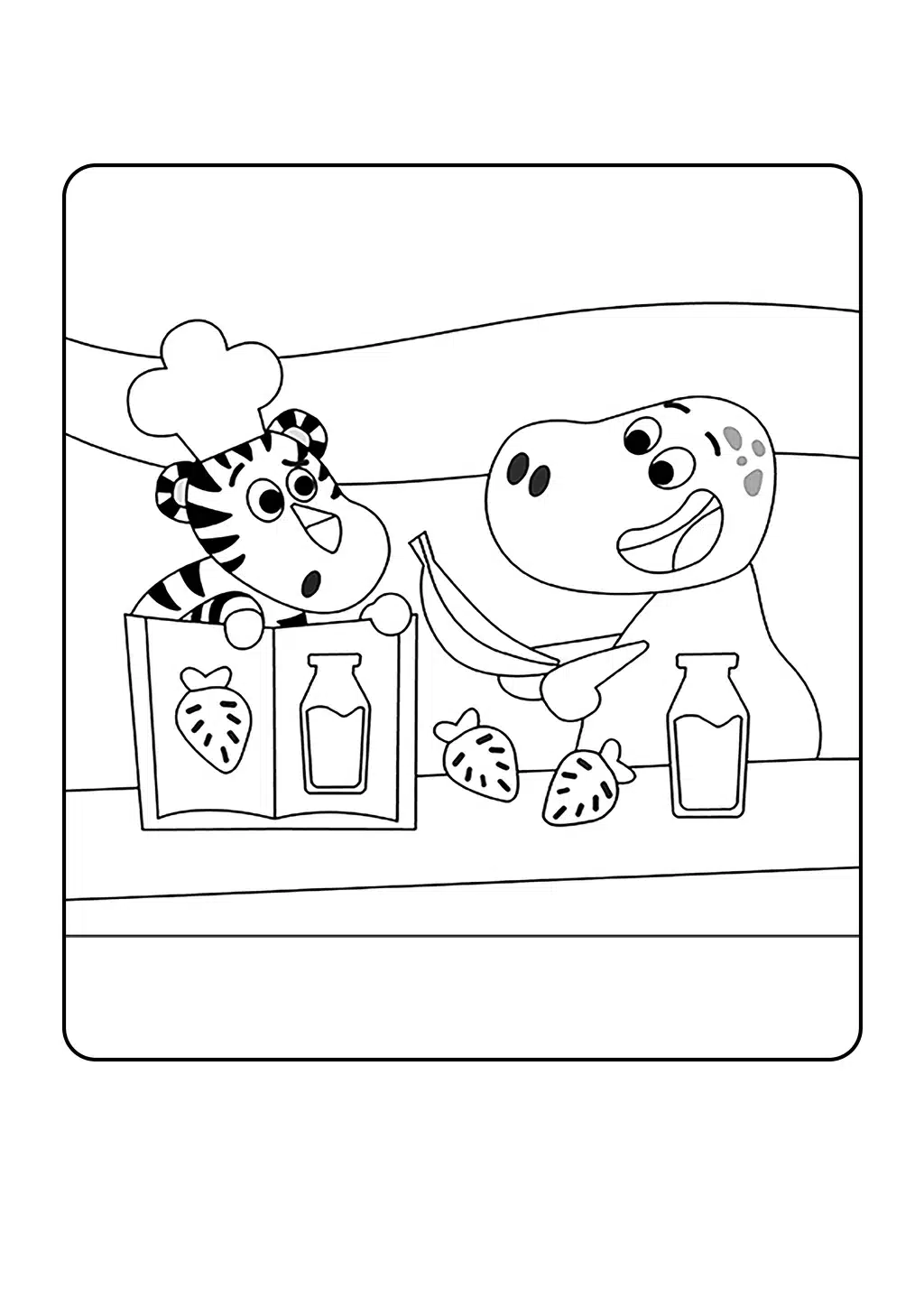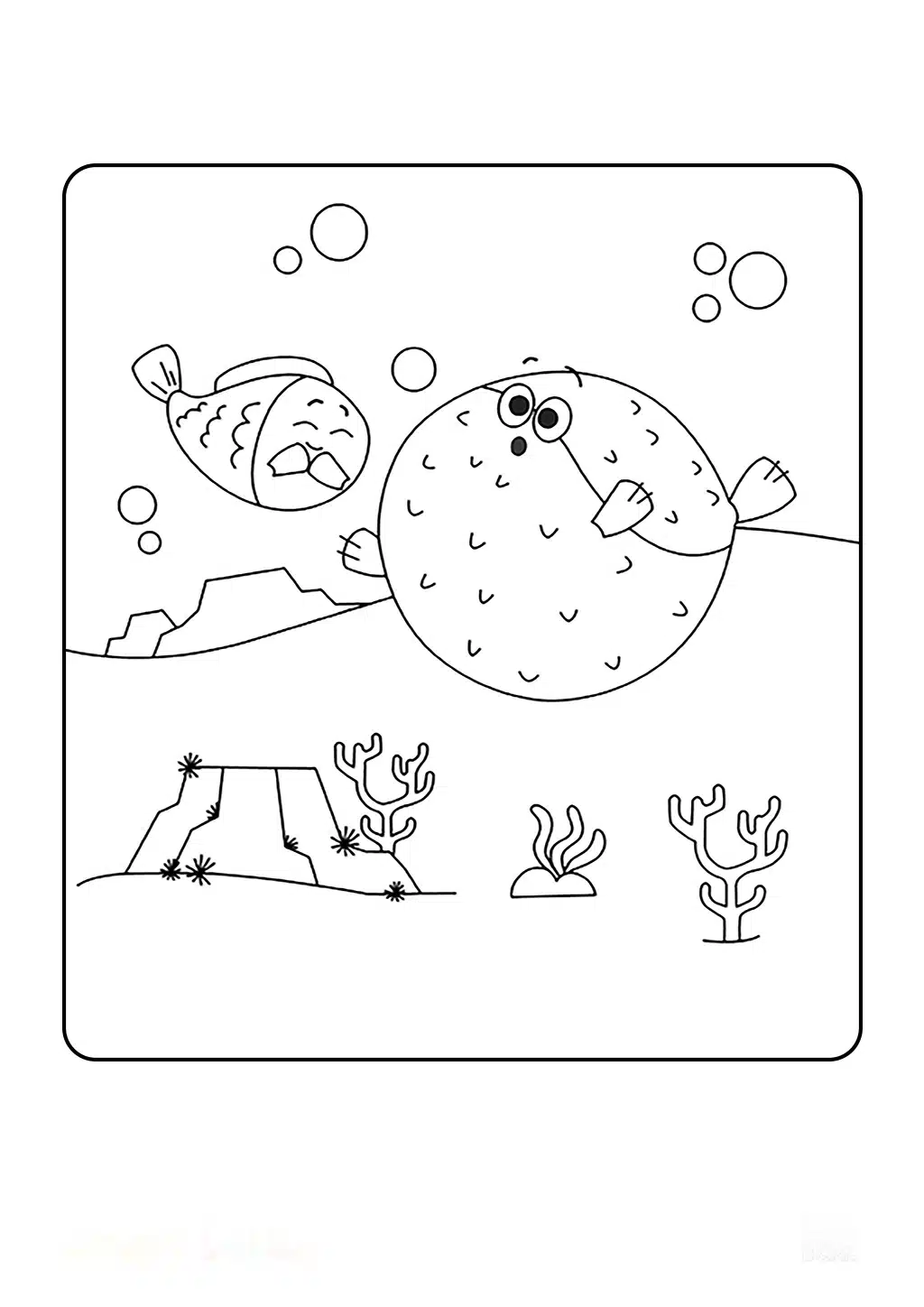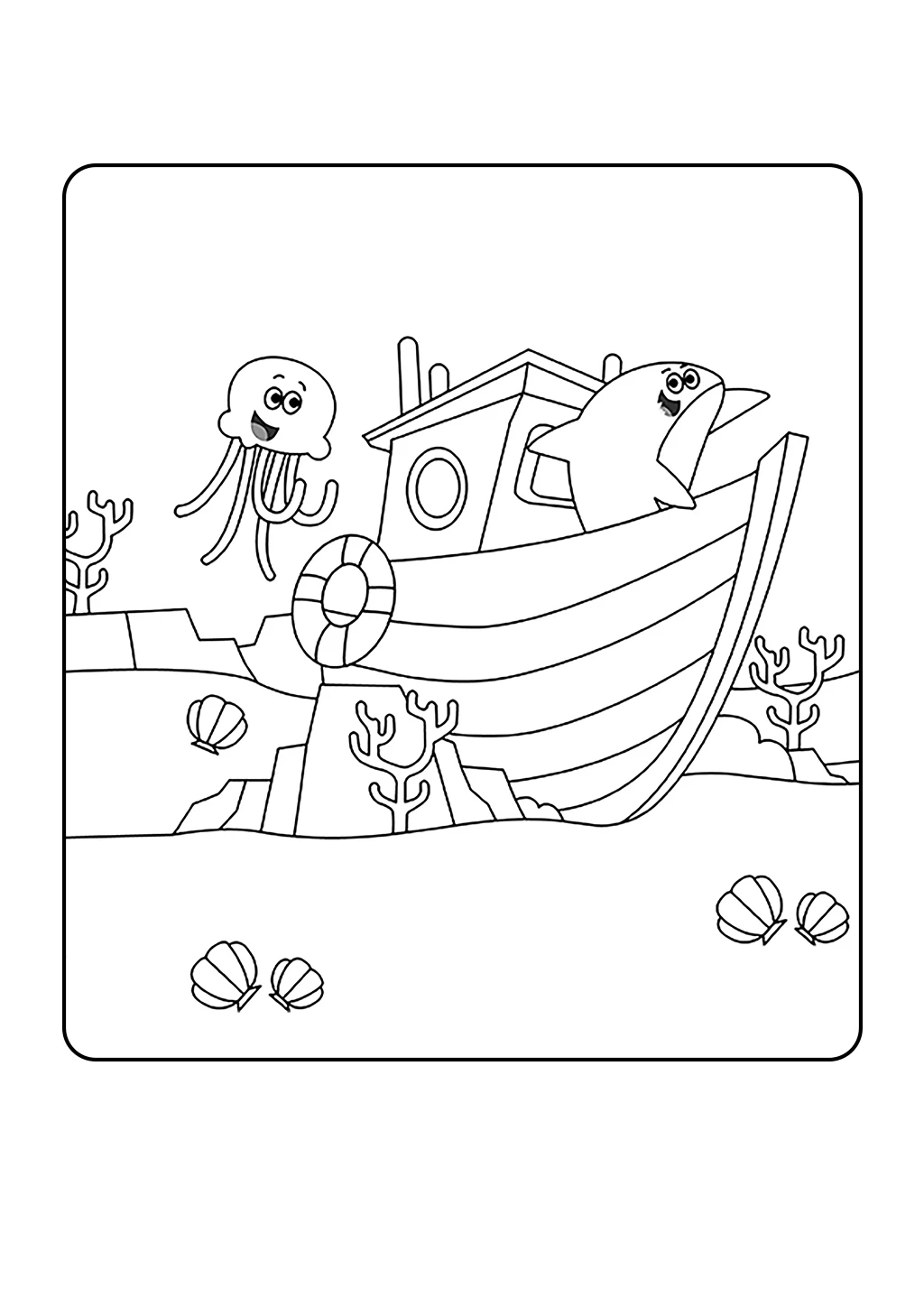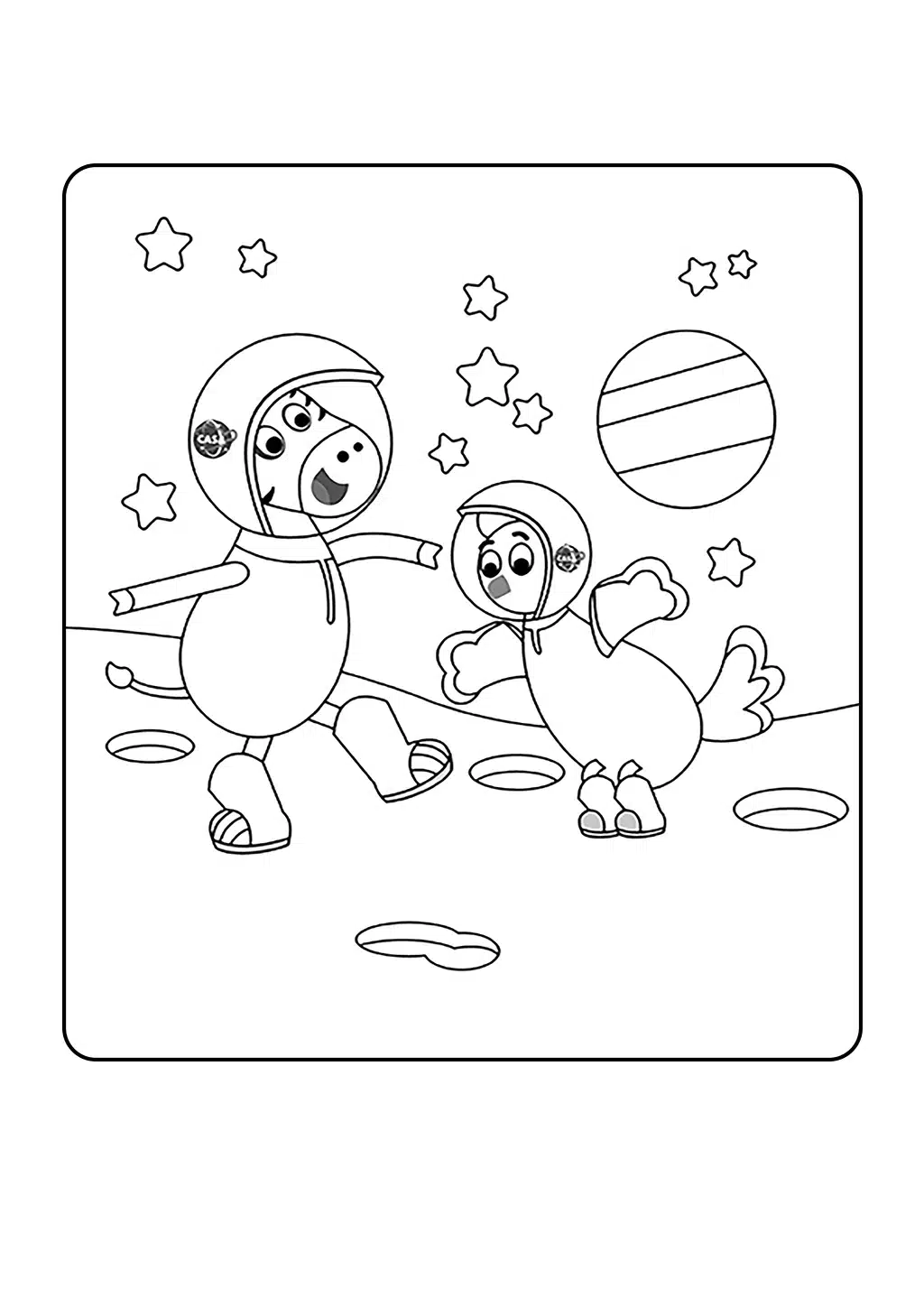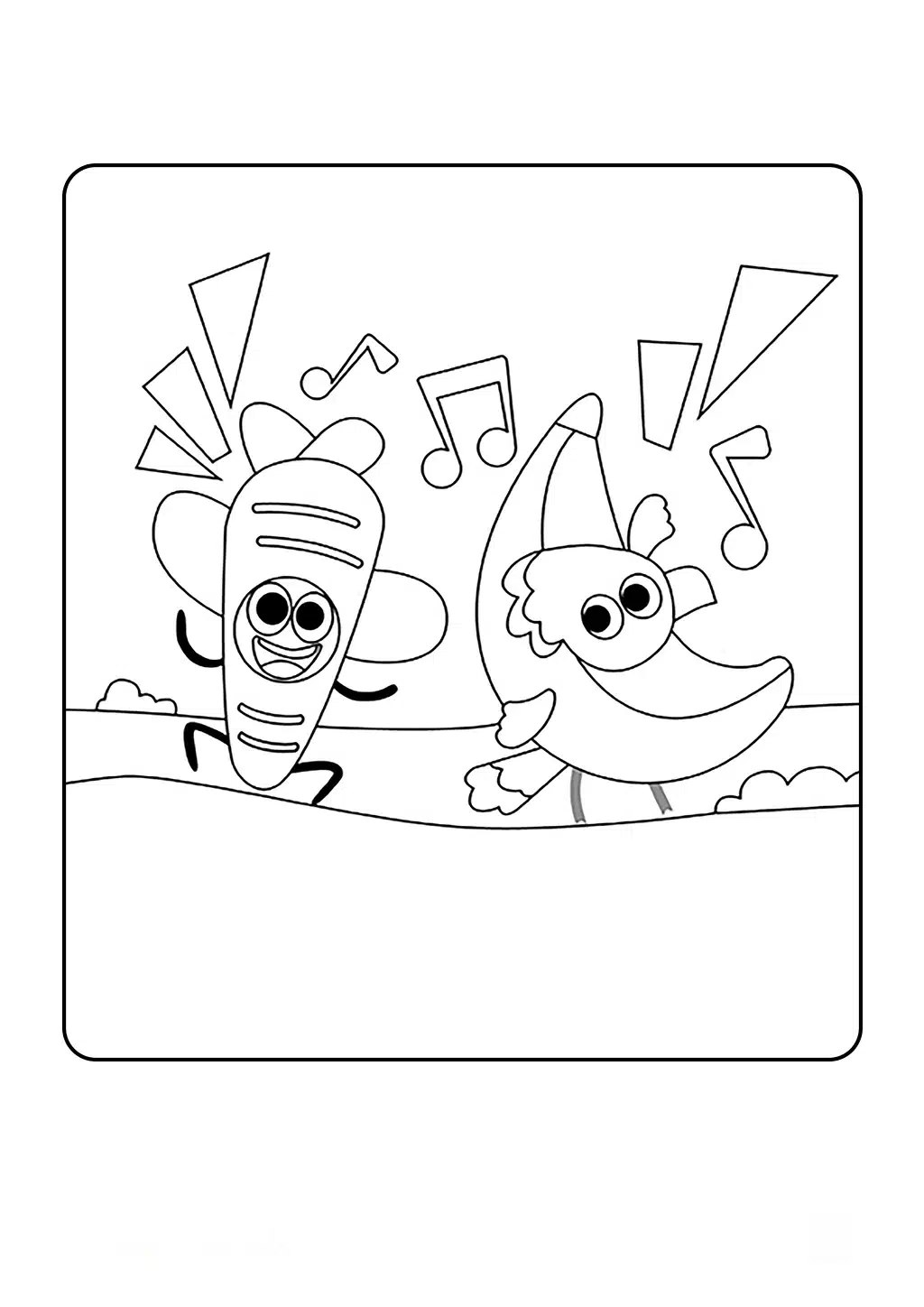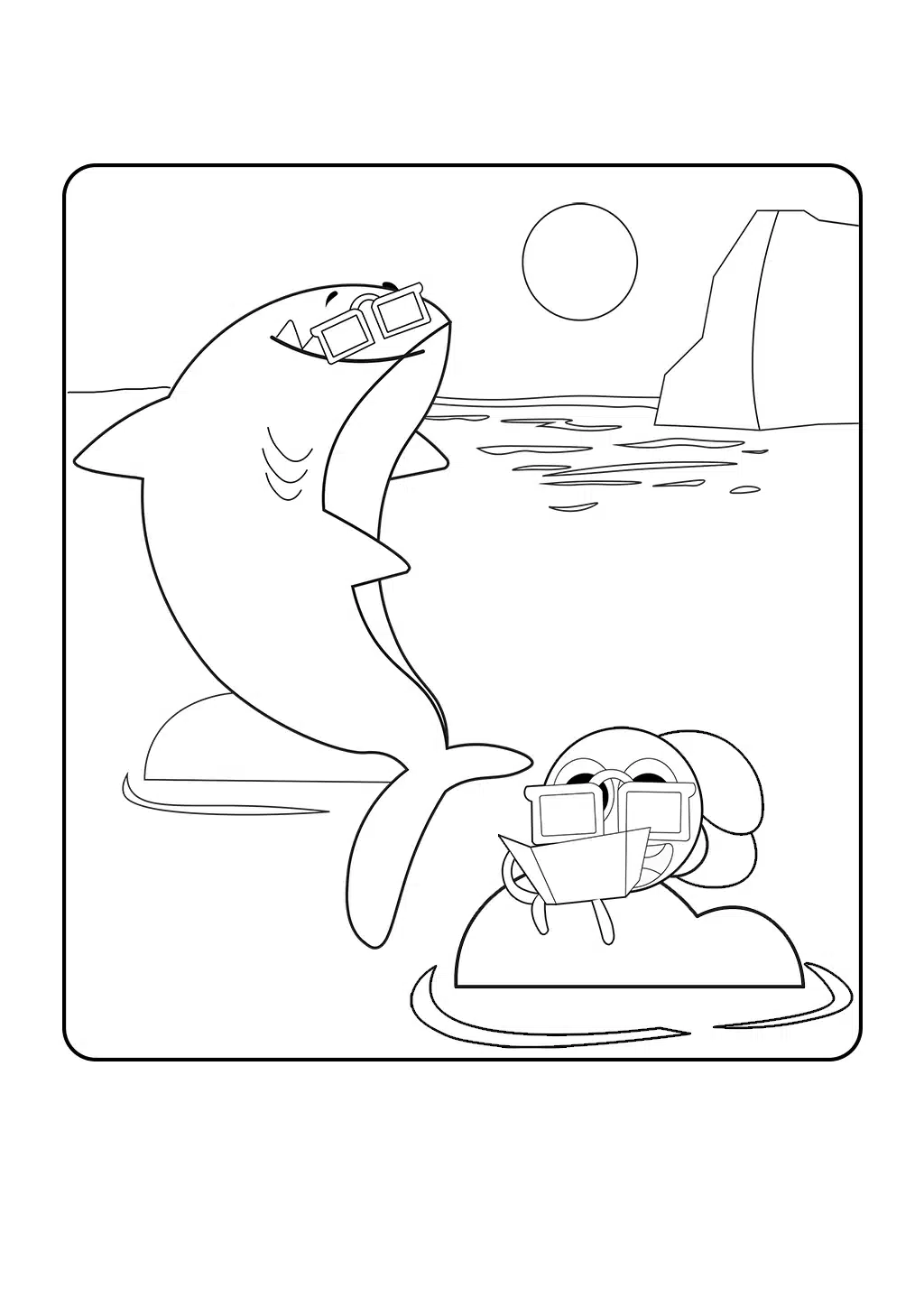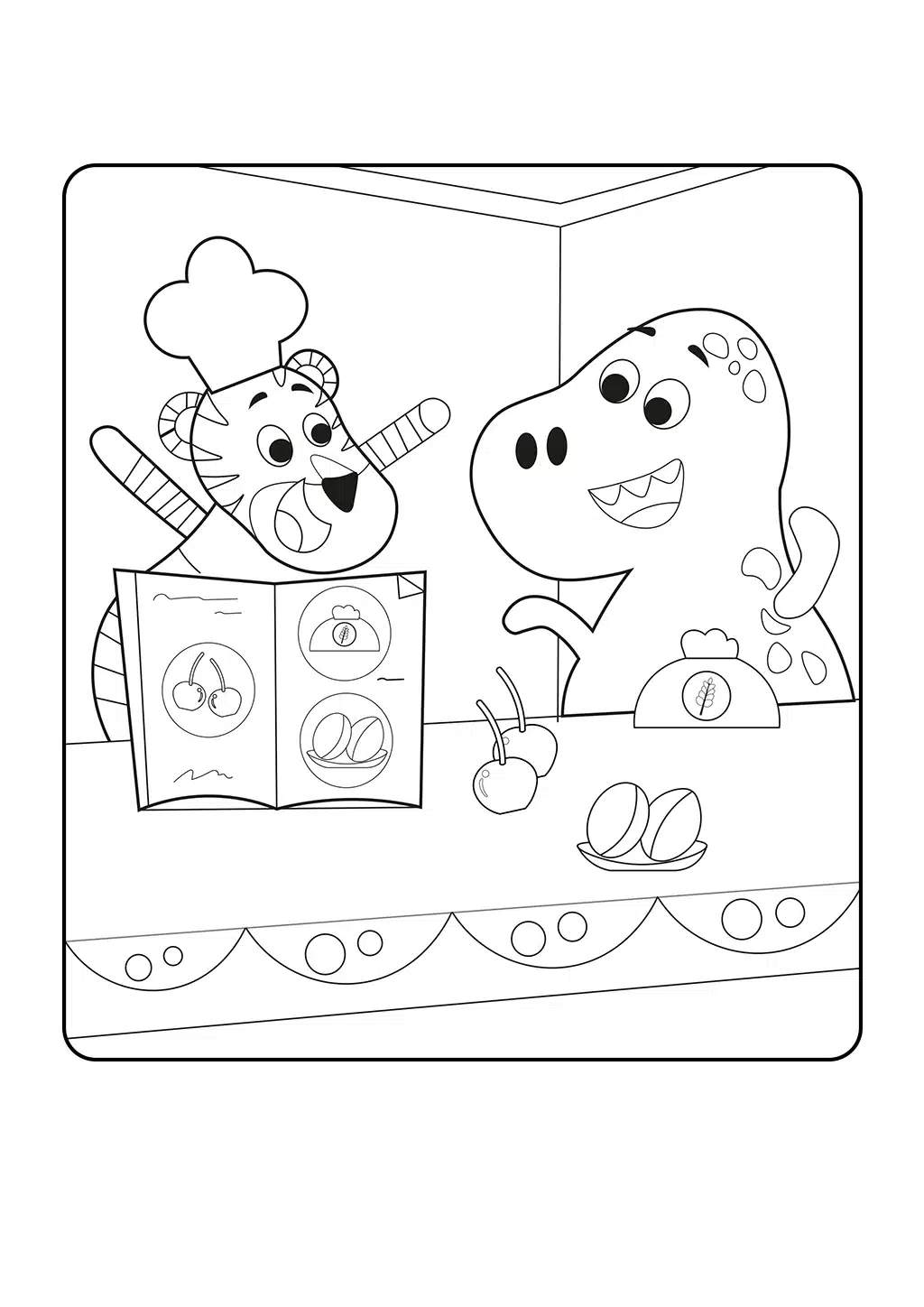Colors play a significant role in a child’s cognitive development. From the moment children open their eyes, they are introduced to a world bursting with different hues, all waiting to be explored and understood. Understanding colors not only helps children recognize and differentiate objects in their environment but also serves as a building block for more complex concepts in various subjects such as Art, Mathematics, and Science. By three years old, most children can name at least one color. The journey towards color mastery begins from this point and is a fun-filled adventure of learning. Let’s dive into the fascinating world of colors and understand how we can make color recognition a stimulating and enjoyable activity for preschool children.
Colors are more than just visual stimuli. They have the power to evoke emotions, impact moods, and contribute significantly to early cognitive development. Recognizing and understanding colors are crucial developmental milestones in a child’s life. According to experts, children start to learn about colors around 18 months, the same time they start recognizing shapes. But true color recognition—that is, accurately naming colors—usually starts around three years old and becomes more refined by school age. This journey of color recognition can be made engaging through structured activities and games. Parents and educators play a key role in facilitating this process, and the right resources can make this journey both fun and rewarding.
Here are some hands-on activities designed to make the process of learning colors an enjoyable journey for children aged 3 to 6.
Through these activities, color recognition can become a stimulating and integral part of a child’s daily learning journey.
Enhancing color recognition skills doesn’t have to be a mundane task. With Smart Tales, you can transform this essential learning process into a thrilling adventure filled with intriguing stories, games, and educational worksheets. Each tailored specifically to aid your child or student in their exploration of the vibrant world of colors.
Dive into the color-filled world of Smart Tales stories! Each story has been carefully crafted to engage and educate your child or student in color recognition. Our heartwarming characters bring color to life, making the process of learning colors both exciting and impactful.
Learning becomes an interactive joyride with our variety of games focusing on color recognition. Join Zaldo, Mosquita, and many more unforgettable characters in a gaming experience designed to enhance your child’s color understanding while providing endless entertainment.
Bring the joy of learning to the tangible world with Smart Tales’ educational worksheets. Expertly crafted to consolidate color recognition skills, these worksheets are a wonderful blend of education and fun. Turn learning into a hands-on experience today!
In conclusion, mastering color recognition is a pivotal stepping stone in a child’s cognitive development. With interactive stories, engaging games, and educational worksheets, Smart Tales offers a holistic and fun-filled approach to this foundational skill. Through the utilization of these resources, parents and teachers can transform the process of learning colors from a routine task into an exciting journey of exploration and discovery.

